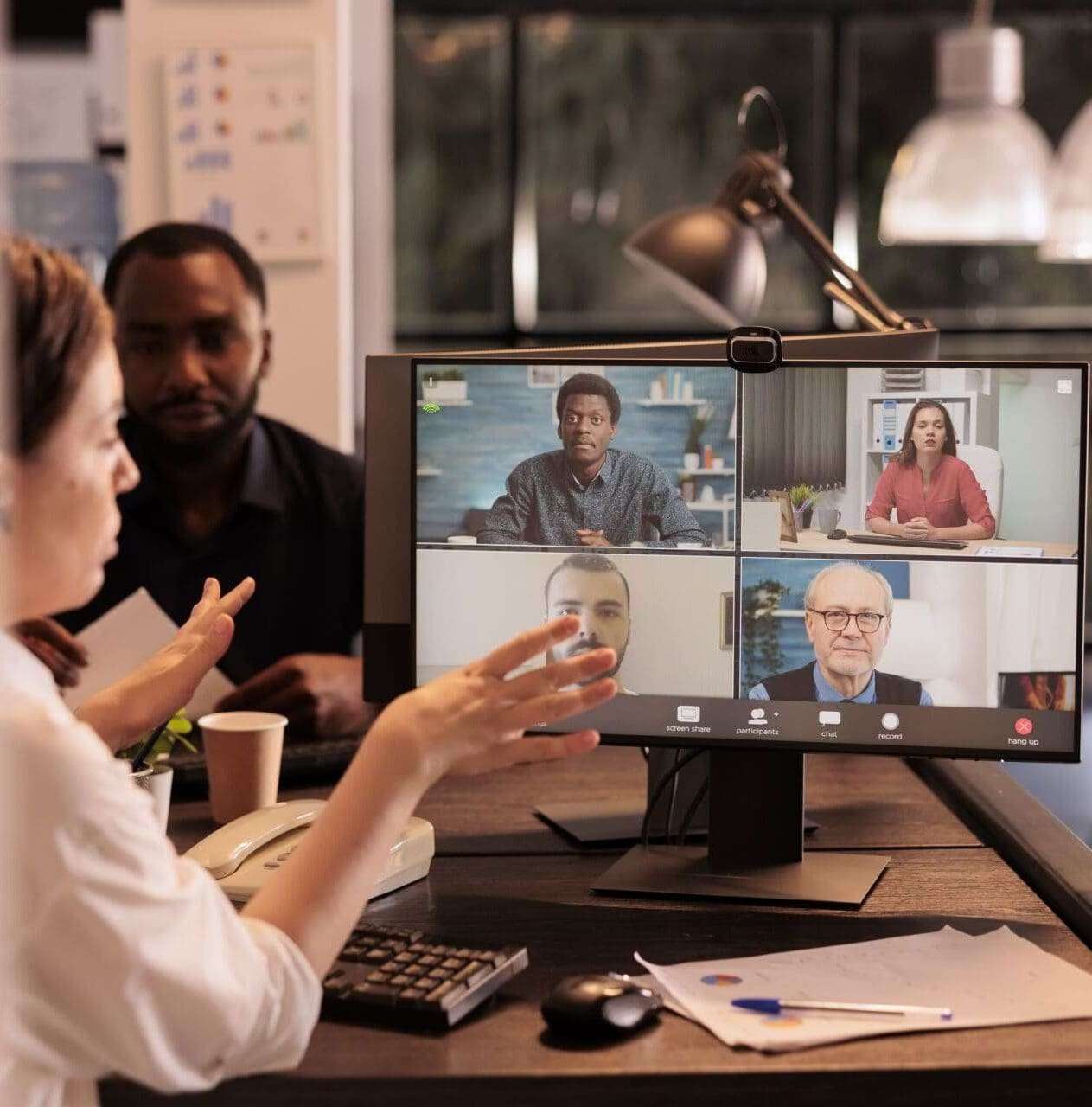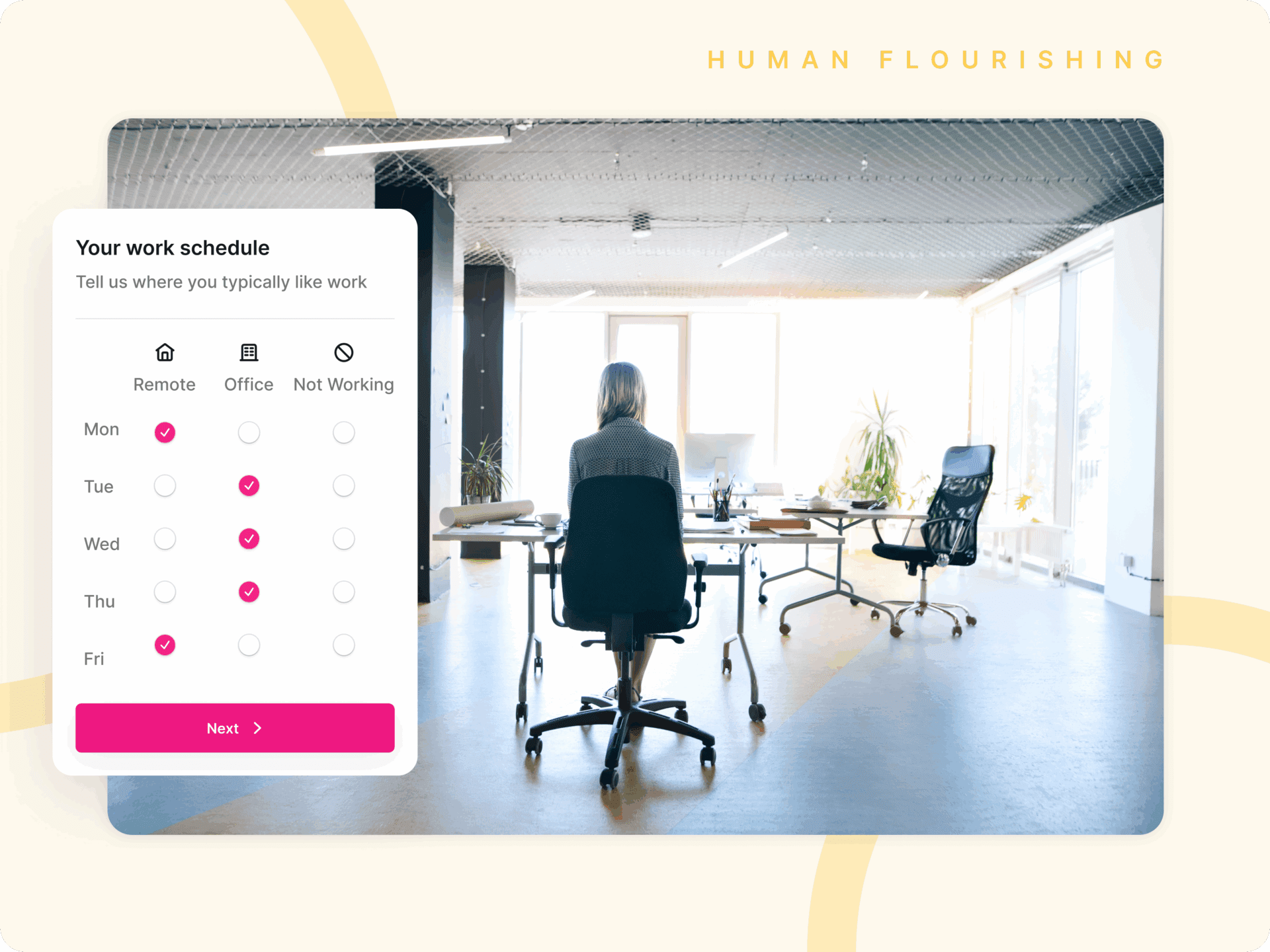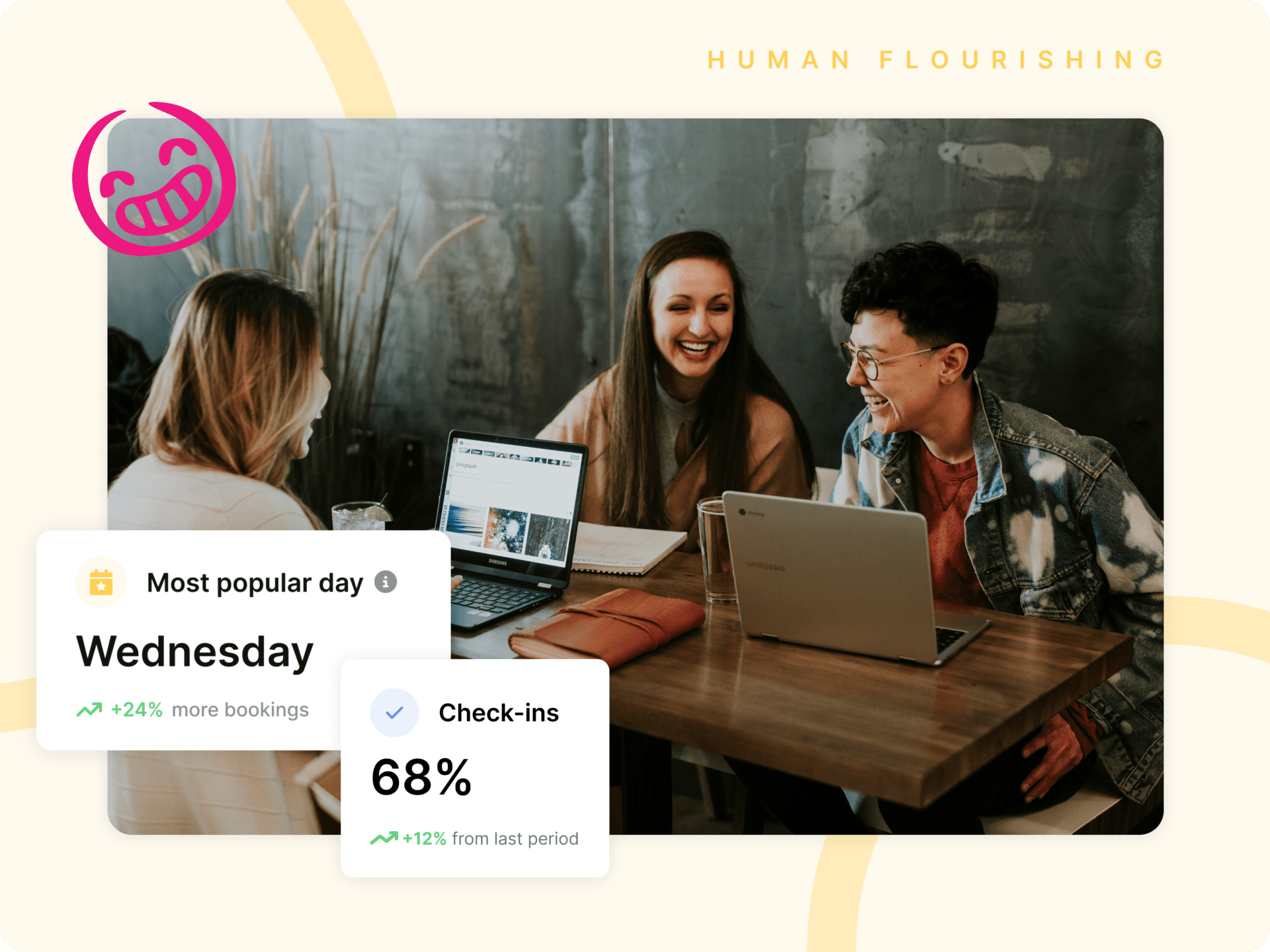Hybrid has become a defining feature of the modern workplace, offering flexibility to hybrid teams while presenting new challenges—particularly in fostering connection, engagement, and satisfaction, regardless of where employees are working.
Recently, I had the opportunity to speak with Anitta Krishan from Hoogly AI, a leader in people and workplace strategy, to explore what’s truly working in the hybrid model, what’s not, and how we can elevate the experience for everyone.
The key takeaway: It’s not about forcing employees back into the office. It’s about cultivating trust, fostering meaningful connections, and crafting an integrated experience—no matter where work happens.
Here’s what we discovered:
Rebuilding Trust: The Cornerstone Of Hybrid Success
Hybrid work thrives on trust—more than just believing employees will resist the temptation to binge-watch Netflix while working from home. True trust is about creating an environment where employees feel genuinely supported and valued, whether they’re in the office or at home.
Anitta offered a critique of the mindset many leaders still hold: “Executives are often trying to recreate the pre-pandemic office environment, driven by a sense of nostalgia and a need for control. But the world has fundamentally changed. People are seeking flexibility, and forcing them back into old patterns is no longer effective.”
Trust-building requires empathy and vulnerability from leaders. Anitta illustrated this with a powerful example:
This openness encourages employees to share their challenges, creating a culture of understanding and mutual support.
Connection Is Paramount
A key challenge of hybrid work is maintaining authentic connections. With part of the team in the office and the other working remotely, it’s easy to feel disconnected.
Anitta emphasized the importance of fostering connections beyond work tasks: “The challenge of hybrid work is not just about tasks—it’s about creating a sense of belonging. No one has cracked the code on how to seamlessly integrate the virtual and in-person worlds. But small gestures, like a casual check-in about the weekend, can bridge that gap. It’s about seeing the whole person, not just their role.”
In-person interactions also remain essential. According to Anitta, “In-person offsites and gatherings are irreplaceable. They create energy, spark creativity, and leave lasting memories. We want to continue those conversations and sustain that energy until the next time we meet face-to-face.”
The Seamless Experience: No More Second-Class Remote Workers
Remote employees often feel like second-class citizens, overlooked for promotions or excluded from key moments. Anitta called for a more equitable experience: “It’s crucial that hybrid work feels seamless, whether you’re in the office or remote. If the experience is unequal, remote employees will inevitably feel disconnected. The goal should be creating an experience that feels integrated, so it’s just as natural for someone to collaborate from home as it is from the office.”
Ultimately, the goal is true seamlessness. As Anitta put it, “When remote and in-office employees experience an equal, cohesive work environment, the lines between where you work and how you work begin to blur.”
The solution lies in seamlessly integrating technology into daily workflows. “Technology should be embedded in the workflow in a way that feels intuitive—not like an extra task. It should enhance collaboration, not become a barrier to it.”
Empowering Managers To Lead With Purpose
Managing hybrid teams requires a completely new skill set, and too many leaders are being left to figure it out on their own. Anitta emphasized the critical need for manager training:
Training should go beyond the basics of remote communication tools. It should help managers build trust, encourage collaboration, and recognize the signs of burnout. “Start by asking the ‘why,’” Anitta suggested. “Leaders need to ask the right questions—‘Why are they coming into the office? Who are they working with? What are they struggling with?’ When you ask ‘why,’ you uncover the deeper motivations and challenges, and that’s where true leadership begins.” By digging into these questions, managers can better understand their team’s needs and support them in a more personalized, effective way.
Humanizing Work: Recognizing People Beyond Their Roles
“Work is not just about tasks and deliverables; it’s about people. It’s about relationships. In a distributed world, it’s even more important to remember that employees are multifaceted individuals, not just job titles. Their lives outside of work matter.”
One of the most impactful moments of our conversation centered on the need to humanize the workplace. As Anitta explained, “The world is distributed now. That’s why we’re not just focusing on remote-only companies—we recognize that every employee has a life outside of work.”

Actionable Steps To Create A Hybrid Workplace That Works
Our conversation with Anitta revealed several key takeaways for building a more effective hybrid workplace:
- Rebuild Trust:
- Encourage leaders to embrace empathy and vulnerability.
- Create open forums where employees feel safe to share their challenges and experiences.
- Foster Connection:
- Make time for informal connections—whether through virtual coffee breaks or casual check-ins.
- Invest in team-building events, both in-person and virtual, to strengthen relationships.
- Empower Managers:
- Provide managers with training to lead hybrid teams effectively, focusing on trust-building and emotional intelligence.
- Equip managers with tools to monitor team well-being and identify signs of burnout.
- Prioritize Seamlessness:
- Design workflows that ensure equal experiences for remote and in-office employees.
- Leverage technology to remove friction and foster easy, real-time collaboration.
- Humanize Work:
- Acknowledge the personal lives of employees, treating them as whole people, not just job titles.
- Foster a culture of empathy and flexibility, where life outside of work is understood and respected.
That’s why Anitta and the team at Hoogly AI set out to build the Hoogly platform with these key principles in mind, focusing on their main goal: to build more connections and trust in remote teams.
The Future Of Hybrid Work
Our conversation underscored one essential truth: Hybrid work isn’t defined by where employees work, but by how they work. When organizations invest in trust, connection, and seamless experiences, they unlock the full potential of their teams. This approach isn’t just good for business—it’s also good for people.
At Kadence, we’re dedicated to making hybrid work truly work. If you’re ready to elevate your team’s hybrid experience, explore our tools and solutions designed to enhance connectivity, collaboration, and productivity in a distributed world.
Let’s build a future where work works for everyone. Book a demo with Kadence today.




